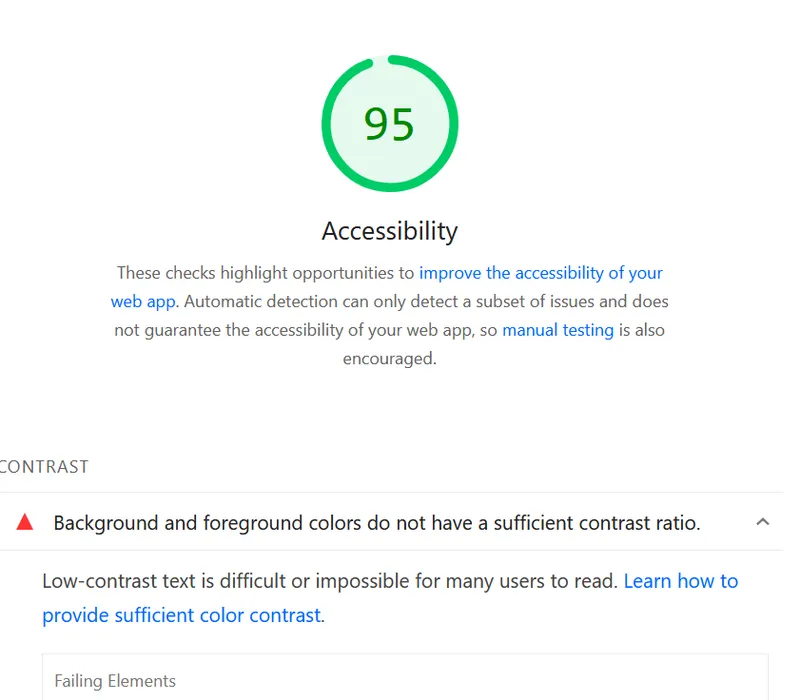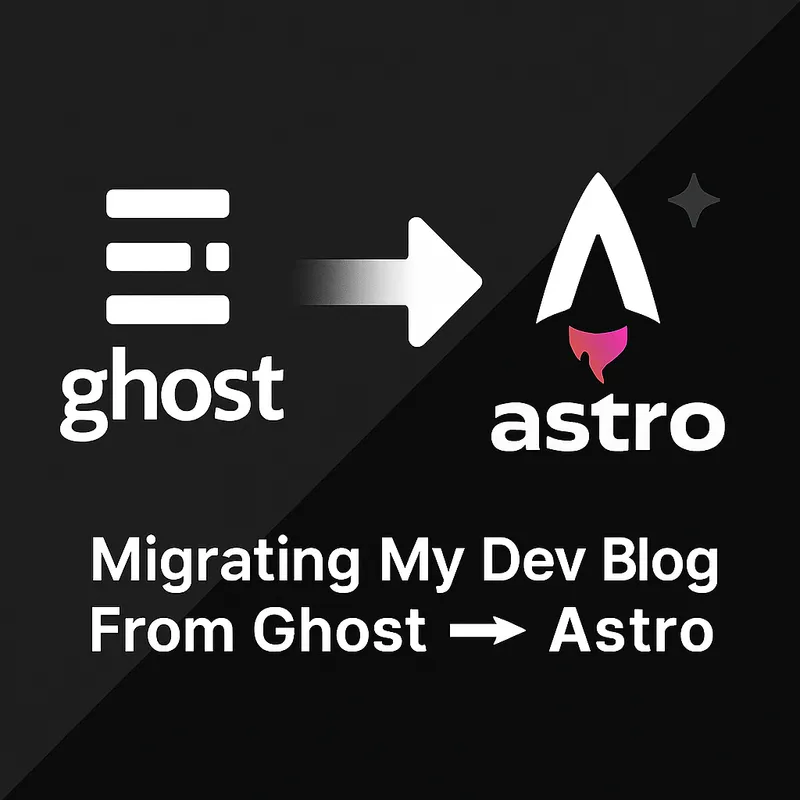Types of Tests in Laravel
Published on 03/26/2023 10:31 AM by Eph Baum

Laravel is a popular PHP web application framework, and testing is an essential part of its development process. Laravel provides a suite of tools for creating and executing tests, making it easier to ensure your application works as expected. Here’s a breakdown of the different types of tests you might encounter in Laravel:
- Unit Tests: Unit tests are designed to test small, isolated pieces of code, such as individual functions or methods within a class. They focus on testing the application’s business logic and ensure that each component works correctly in isolation. In Laravel, you can create unit tests by extending the
PHPUnit\Framework\TestCaseclass. Unit tests should be simple, quick to execute, and have minimal dependencies on external resources. - Feature Tests: Feature tests, also known as functional tests, focus on testing the behavior of your application from the user’s perspective. They test the interaction between different components of the application, such as controllers, middleware, and views. Feature tests often simulate user input and verify that the application responds as expected, ensuring that the different components work together correctly. In Laravel, you can create feature tests by extending the
Tests\TestCaseclass. Feature tests may require more setup and configuration than unit tests, such as setting up the application environment, seeding the database, or mocking external services. - Integration Tests: Integration tests evaluate how different parts of the application work together by testing the communication and data flow between components, such as database interactions, APIs, or third-party services. Integration tests help ensure that the application’s components work correctly when integrated, and they can help identify issues with data formats, network communication, or third-party service compatibility. In Laravel, you can write integration tests similarly to feature tests, but the focus is more on the interaction with external systems.
Other common types of tests in Laravel include:
- Browser Tests (Dusk): Laravel Dusk is a browser testing tool that allows you to test your application’s user interface and JavaScript-driven behavior. Dusk tests are similar to feature tests, but they interact with the application using a real web browser, providing more accurate end-to-end testing. Dusk tests can help ensure that your front-end components and JavaScript code work correctly with your back-end application.
- End-to-End Tests (E2E): End-to-end tests verify that the entire application works as expected, from the user interface down to the data storage and retrieval. These tests simulate real user scenarios, including interactions with the application, and can help identify issues that might not be caught by unit, feature, or integration tests. E2E tests are typically more complex and time-consuming than other tests, so they’re often run less frequently or in a separate testing environment.
In summary, different types of tests serve different purposes in Laravel and PHP web application testing. Unit tests focus on individual code components, feature tests focus on user interactions and application behavior, and integration tests focus on communication between application components and external systems. Additionally, browser tests and end-to-end tests provide more comprehensive testing for user interface and overall application functionality.





